Diacell® One20DAC MK2
Brillouin spectroscopy, Single crystal X-ray diffraction, Pmax = 50 GPa, T = 300 K, WD = 10 mm, A = 120°
- Unique cell with a physical angle of 120 degrees on both sides, particularly suited for single crystal diffraction
- Allows a large access to the reciprocal space whilst carrying out measurements at high pressure
- The One20DAC is attractive for optical spectroscopy, in particular for Brillouin Spectroscopy with wide scattering angles
- Very flat design providing a thickness of only 17 mm, short working distance of 10 and 7 mm top and bottom side respectively
- Pressure mechanism via 4 screws, two left handed and two right handed screws on a stack of loading springs to provide smooth control of the pressure
- Possibility of internal heater (optional, Tmax = 500 K)
Description
The One20DAC has been designed with the largest aperture available on the market in mind for X-ray and optical spectroscopy.
By providing a physical angle of 120 degrees on both sides of this diamond anvil cell, it makes it particularly suitable for Single Crystal X-ray diffraction as it enables to have access to a very large reciprocal space unequalled whilst carrying out measurements under pressure. When used for optical spectroscopy, the One20DAC is also particularly attractive for Brillouin spectroscopy as the large aperture gives a wide scattering angle and improved resolution of Brillouin spectra.
The One20DAC uses a combination of large 4.00mm Boehler-Almax anvils supported by thin WC conical seats. This feature provides the 120 degrees physical aperture of this cell. X-ray characterisation of the cell on a beamline has shown that the effective aperture of the cell with a gasket is a very impressive 112 degrees (courtesy of James Walsh-Steve Jacobsen – Norhtwestern University, IL, USA).
In turn, this combination gives the benefit of a very thin DAC, making it particularly suited to environment where space is at a premium such as on a beamline. The thickness of the One20DAC is approximately 17 mm. The working distance is also very short, in turn providing a large NA of 0.87 for optical measurements and observation.
The alignment of the diamond anvils is achieved by a combination of high precision machining of the parts and some lateral adjustment screws for both bottom and top seats.
Finally the pressure is increased via some left handed (x2) and right handed (x2) screws pressing on a stack of loading springs providing a smoother control of the force applied on the diamonds.
Applications
This cell is ideal for X-ray diffraction and related work.
Specifications
| Cell Material | Maraging steel |
| Anvil Support Plate | Tungsten Carbide |
| Pressure Mechanism | Screw Drive |
| Maximum Pressure | ~50 GPa |
| Temperature Range | 295 to 500 K |
| Top Angle | X-Ray: conical 120º |
| Bottom Angle | X-Ray: conical 120º |
| Lateral Access | N/A |
| Heating | Internal ring heater up to 500 K (option) |
| Cooling | N/A |
| DAC Diameter | 48 mm |
| DAC Height | 17 mm |
| Working Distance to Sample | 10/7 mm (upper/lower side) |
| Numerical Aperture | 0.87 |
| Interfacing Solution | Via mounting pin (included) |
| DAC Weight | 130 g |
Maximum pressure is dependent upon the culet size of the anvils. Almax easyLab is committed to its policy of continuous improvement. Specifications may change without notice. easyLab and Diacell are registered trademarks of Almax easyLab.
Documents
We have compiled a series of technical documents (brochures, articles, technical drawings, …) which you might find useful to help you understand this product better.
Technical documentation
Rigaku Webinar : Topiq | High-Pressure Crystallography On The Rigaku Xtalab Synergy-S Diffractometer
Technical Drawing
Please contact us for further details on the engineering drawings.
Articles
2023 – Fang, W. et al. – Organic–inorganic covalent–ionic molecules for elastic ceramic plastic
2022 – Paliwoda, D. et al. – Pressure Tuning of Coupled Structural and Spin State Transitions in the Molecular Complex [Fe(H2B(pz)2)2(phen)]
2021 – Tchoń, D. et al. – Three new polymorphs of 1,8-diacetylpyrene: a material with packing-dependent luminescence properties and a testbed for crystal structure prediction
2021 – Liu, X. et al. – High-pressure reversibility in a plastically flexible coordination polymer crystal
2020 – Gadja, R. et al. – Experimental charge density of grossular under pressure – a feasibility study
FAQs
What is the maximum pressure I can achieve with the One20DAC and a given culet size?
| Culet size (µm) | 200 | 300 | 400 | 500 | 600 | 800 | 1000 |
| Pmax (GPa) (*) | 50 | 30 | 20 | 13 | 9 | 5 | 3 |
(*) The Pmax values are only indicative. The maximum pressure achievable with a DAC is influenced by many others experimental parameters, like the gasket characteristics (material, thickness and hole size) or the pressure transmitting medium.
You may also like…
Share this product on:

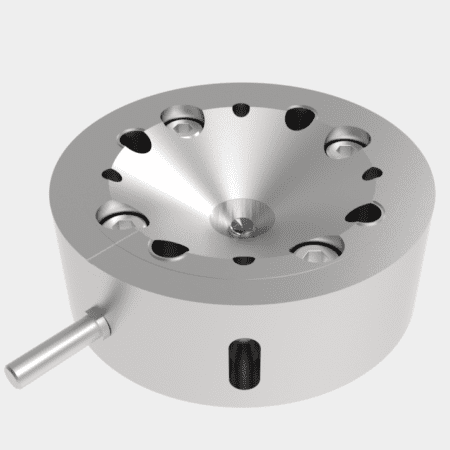

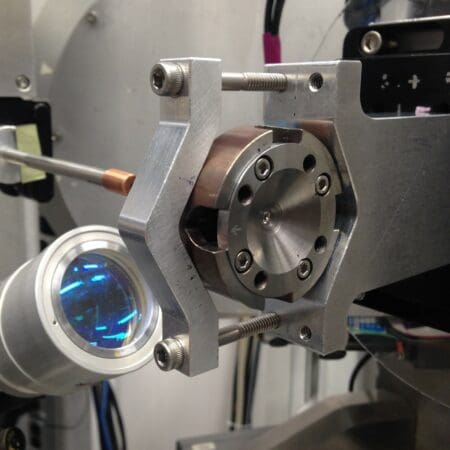
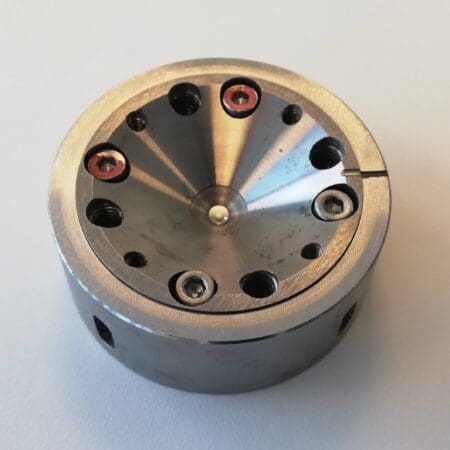
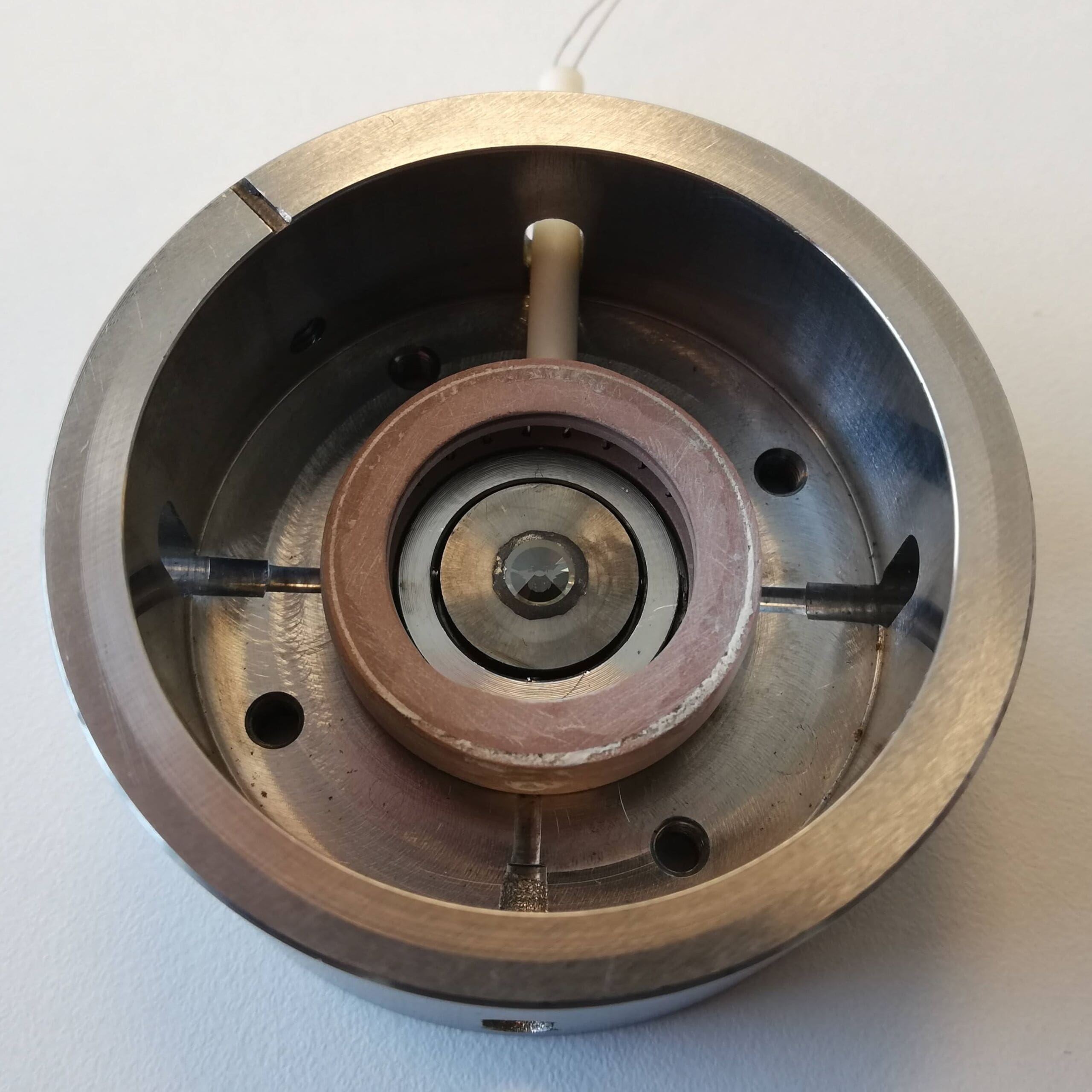

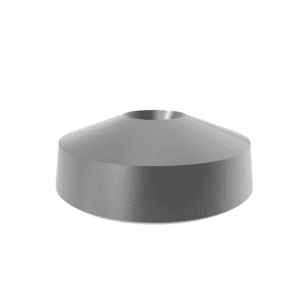





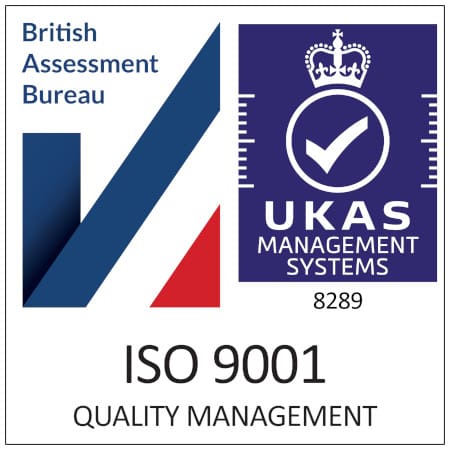
Reviews
There are no reviews yet.